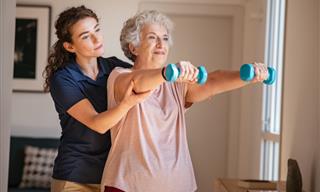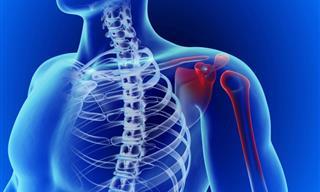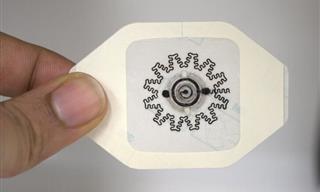Diabetes has emerged as a significant health concern for older adults, presenting a complex set of challenges that demand tailored management strategies. As the global population ages, the prevalence of diabetes among seniors continues to rise, creating a pressing need for effective, age-appropriate interventions. This article aims to explore the multifaceted nature of diabetes in older adults and provide comprehensive, practical solutions to help seniors maintain optimal blood sugar levels and overall health.
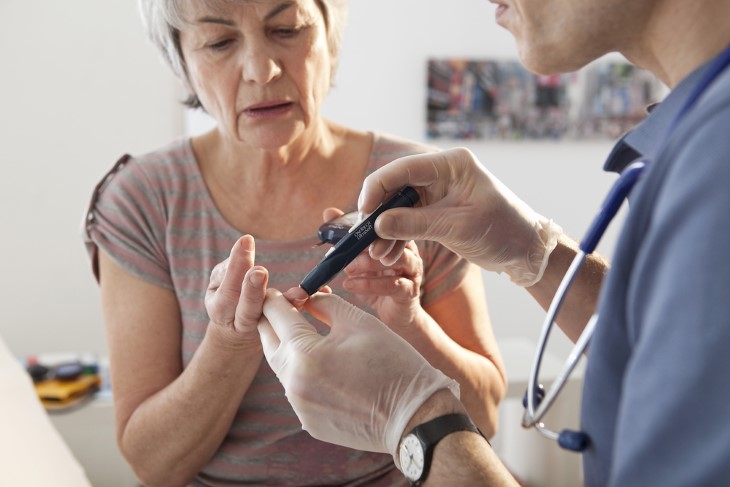
The impact of diabetes on the senior population extends far beyond blood sugar management. It intertwines with other age-related health issues, creating a web of medical, social, and economic challenges. From increased risk of cardiovascular complications to a higher likelihood of cognitive decline, diabetes can significantly affect an older adult's quality of life and independence.
Understanding these complexities is crucial for developing effective diabetes management strategies. It requires a holistic approach that considers not only the medical aspects of diabetes but also the broader context of an older adult's life, including their living situation, support system, and personal goals.
This article will delve deep into the specific challenges faced by older adults with diabetes and offer a range of practical, evidence-based solutions. We will explore personalized care plans, innovative monitoring technologies, nutrition strategies tailored for seniors, age-appropriate exercise regimens, and methods to address the psychological aspects of living with a chronic condition.
Challenges in Managing Diabetes in Older Adults

1. Comorbidities:
- Older adults often have other chronic conditions like hypertension, arthritis, or cardiovascular disease, which can complicate diabetes management.
- Multiple medications for different conditions can lead to interactions and side effects.
2. Cognitive Decline:
- Cognitive impairments, including memory loss and dementia, can make it difficult for seniors to manage their diabetes effectively.
- Ensuring medication adherence and proper blood sugar monitoring can be challenging.
3. Physical Limitations:
- Mobility issues and physical limitations can hinder regular physical activity, which is crucial for blood sugar control.
- Difficulty in preparing healthy meals and maintaining a balanced diet.
4. Financial Constraints:
- Limited income or high medical expenses can restrict access to medications, healthy food, and necessary medical care.
Strategies for Effective Diabetes Management
1. Personalized Care Plans:
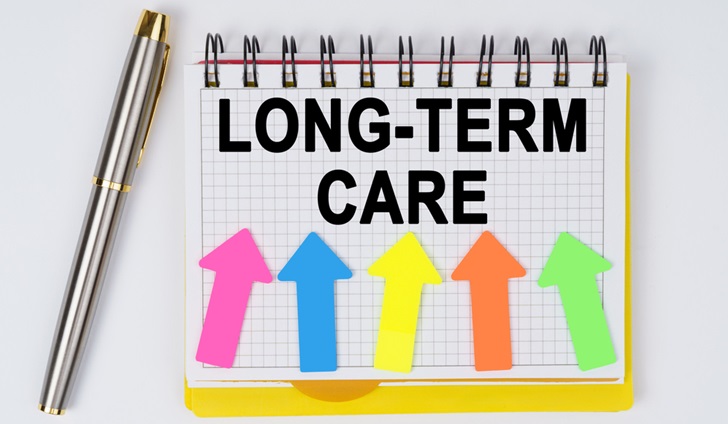
- Coordinate an interdisciplinary team involving endocrinologists, geriatricians, nutritionists, and physical therapists in developing comprehensive care plans.
- Consider the holistic health status and functional capacity of the patient when specifying the target of the interventions.
- Example: This can include a medication plan that's simplified as much as possible, easy-to-prepare meals, and modified exercises that don't exacerbate joint pain for a 75-year-old with mild cognitive impairment and osteoarthritis.
- Regularly reassess and adjust the care plan, preferably every 3-6 months or more frequently if there are significant changes in health status.
- Regular monitoring and adjustments based on the patient's needs and responses.
2. Medication Management:

- Use once-a-day medications or long-acting forms of medications whenever possible to simplify regimens.
- Combination medications may be considered to help minimize the number of pills taken daily.
- De-prescribe and review medications regularly to eliminate unnecessary and potentially harmful drugs.
- For example, switching from multiple daily insulin injections to once-daily long-acting insulin in combination with oral medications. Use smart pill boxes that alert and can be remotely monitored for better adherence/safety.
- Educate on proper insulin storage and administration techniques for patients and care providers.
3. Diet and Nutrition:

-
Collaborate with a registered dietitian for the development of meal planning which harmonizes the balance between nutritional needs, personal preferences, and cultural considerations.
-
Emphasize nutrient-dense foods which provide all needed vitamins and minerals to control blood sugar.
-
Follow the plate method: Non-starchy vegetables take up half of the plate, a quarter of the plate is lean proteins, and a quarter of the plate contains complex carbohydrates.
-
For example, a Mediterranean diet high in vegetables, fruits, whole grains, lean proteins, and healthy fats such as olive oil and nuts. Advise on easy preparation methods for meals, such as preparing pre-cut vegetables, slow cookers, or using meal delivery services.
-
Educate the person on understanding food labels and portion sizes through practical tools such as the hand method (for example, palm for protein, fist for carbs).
-
Address special nutritional needs of older adults, such as increased protein to prevent muscle wasting, and sufficient calcium and vitamin D for bone health.
4. Physical Activity:

-
Develop plans for exercise that take into consideration the individual's abilities and physical limitations.
-
Aim for a combination of aerobic exercise, strength training, and flexibility work.
-
For example, a weekly plan might consist of 30 minutes of brisk walking 5 days a week, two days of 20-minute resistance band exercises, and daily stretching.
-
Add in functional fitness exercises that improve balance and coordination in order to decrease fall risk. Group exercise classes appropriate for seniors will also provide increased socialization and adherence.
-
Use chair exercises or water aerobics for individuals with mobility limitations or joint problems. Encourage activities of daily living that promote movement—these can include gardening or household chores.
5. Monitoring and Support:
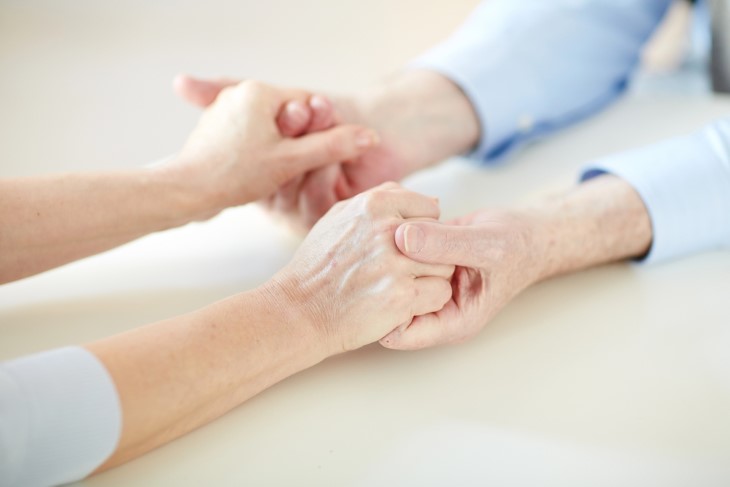
-
Educate on the use of the blood glucose meter and continuous glucose monitoring systems; these should be large-display, senior-friendly gadgets with simple interfaces.
-
Remote monitoring programs can allow the caregivers or healthcare professionals to watch the glucose readings and receive alerts for out-of-range values.
-
Example: They consist of a CGM (Continuous Glucose Monitoring) system that transmits real-time data to a smartphone application that could be further shared with family members or caregivers. That way you can spread the responsibility a bit or take shifts.
-
Set up regular telehealth check-ins between in-person visits to address concerns and make timely adjustments to treatment plans.
-
There are self-management education (DSME) programs specifically for older adults, with topics such as alertness about hypoglycemia and foot care. Start peer support groups or mentoring programs in which seniors with well-managed diabetes share their experiences and tips with others.
6. Financial Assistance:

- Introduce the person to a social worker or financial counselor who can help them navigate their way through their insurance plan and assistance programs.
- Explore all Part D plans through Medicare that offer the most coverage for medications and supplies needed for diabetes management.
- Search pharmaceutical companies' patient assistance programs for free or discount medications.
- Example: The American Diabetes Association's Prescription Savings Program or NeedyMeds.org for savings on medications and supplies.
- Look at local food banks or Meals on Wheels programs that include diabetes-friendly meals. Share information about government programs like SNAP (Supplemental Nutrition Assistance Program), which can help reduce the costs associated with food.
7. Technology Integration:

-
Discuss available smartphone applications for the management of diabetes that are developed with senior-friendly interfaces.
-
Explore the available telehealth options for remote consultations with healthcare providers, which can be very useful for those who have issues in moving.
-
Consider wearable devices to monitor activity, which can be synchronized or integrated with glucose-monitoring systems. Example: Using a smartwatch that monitors your heart rate and activity by syncing it to your CGM for a complete health picture.
8. Psychological support:

- Mental health challenges related to dealing with diabetes often manifest as depression and diabetes distress.
- Provide access to mental health specialists knowledgeable about both geriatric care and chronic disease management, such as therapists and even psychiatrists.
- We recommend practicing mindfulness or relaxation exercises to help an individual manage stress as it acts as a trigger for diabetes. Example: Offer a weekly support group facilitated by a psychologist about coping strategies and emotional well-being.
9. Environmental Modifications:

- Assess the home for safety and accessibility, modifying as needed to enable the individual to perform diabetes self-care.
- Add good lighting for medication management and foot checks.
- Organize the living space in such a manner that items needed to treat diabetes can be kept easily at hand and in order. Example: Grab bars in the bathroom, non-slip mats, a place designated in the home for managing diabetes.
In Conclusion...
Managing any disease isn't easy. Managing diabetes in older adults is very challenging. It takes comprehensive and individualized approach, considering the unique challenges they face. By implementing personalized care plans, simplifying medication management, promoting a balanced diet and regular physical activity, and leveraging technology and support systems, seniors can achieve better diabetes control and maintain a higher quality of life.
This approach not only aims to improve glycemic control but also enhances overall quality of life, promotes independence, and reduces the risk of diabetes-related complications. Through ongoing education and support, we can empower ourselves and those we take care of to take charge of our health and navigate the complexities of diabetes management effectively.
 Go to BabaMail
Go to BabaMail












































